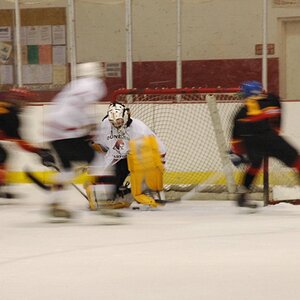Kathleen
TPF Noob!
- Joined
- Mar 26, 2007
- Messages
- 121
- Reaction score
- 0
- Location
- Ontario
- Can others edit my Photos
- Photos OK to edit
Understanding those EV digits has really got my head in a spin! I've read several articles, but I'm not one for math & so it is all a foreign language to me-how many stops a digit represents?? Really, I guess what I need, or shall I say must know is where do I set the EV needle for - 2/3 ? I'm metering off of grass, therefore my need to know. Hope someone can help. with thanks


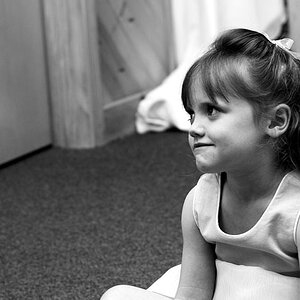
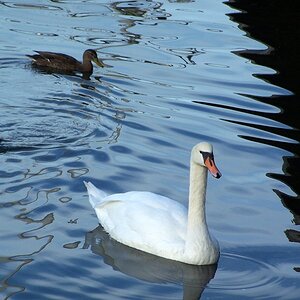
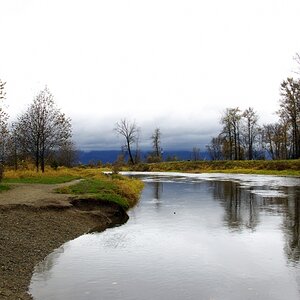

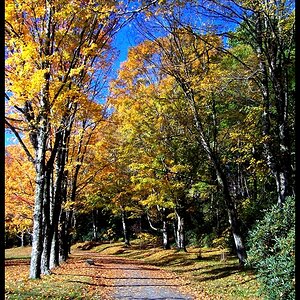
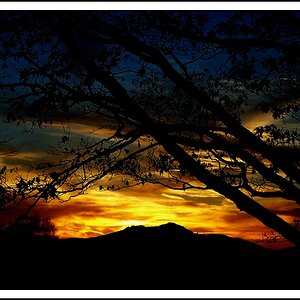
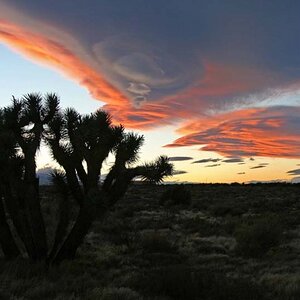
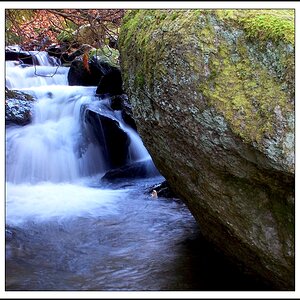

![[No title]](/data/xfmg/thumbnail/37/37632-06d8ff7f84d84f6ac01249ce8885d896.jpg?1619738156)

